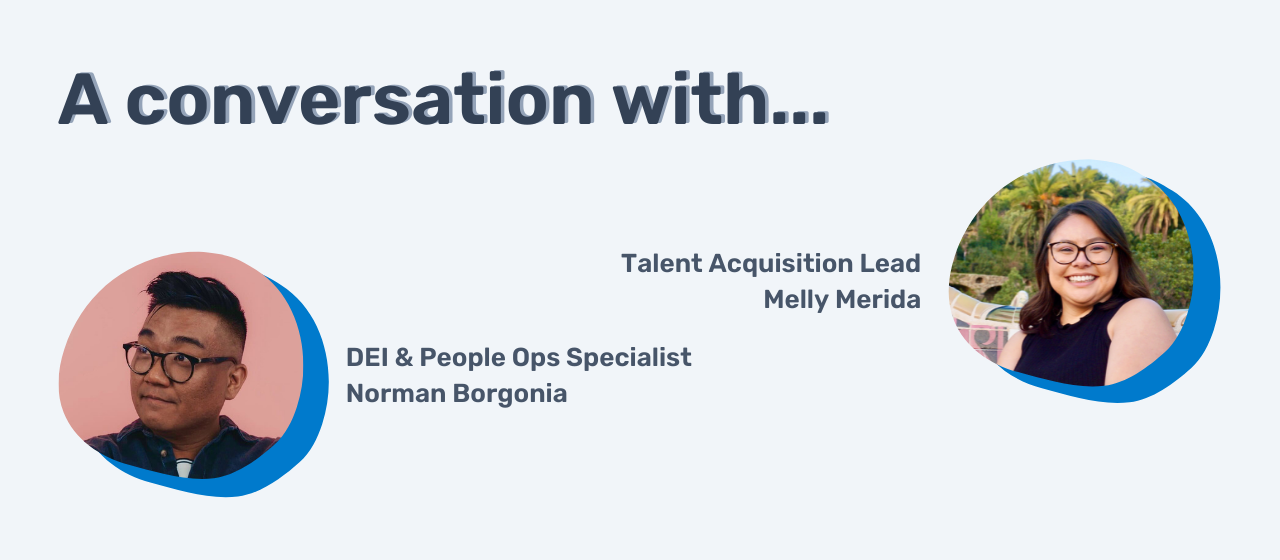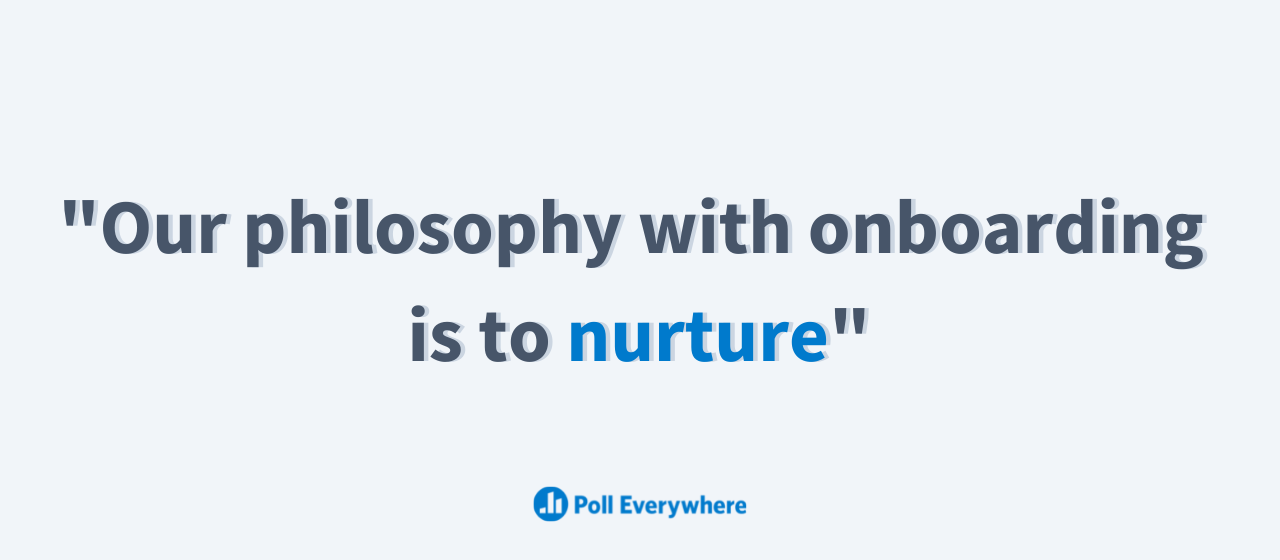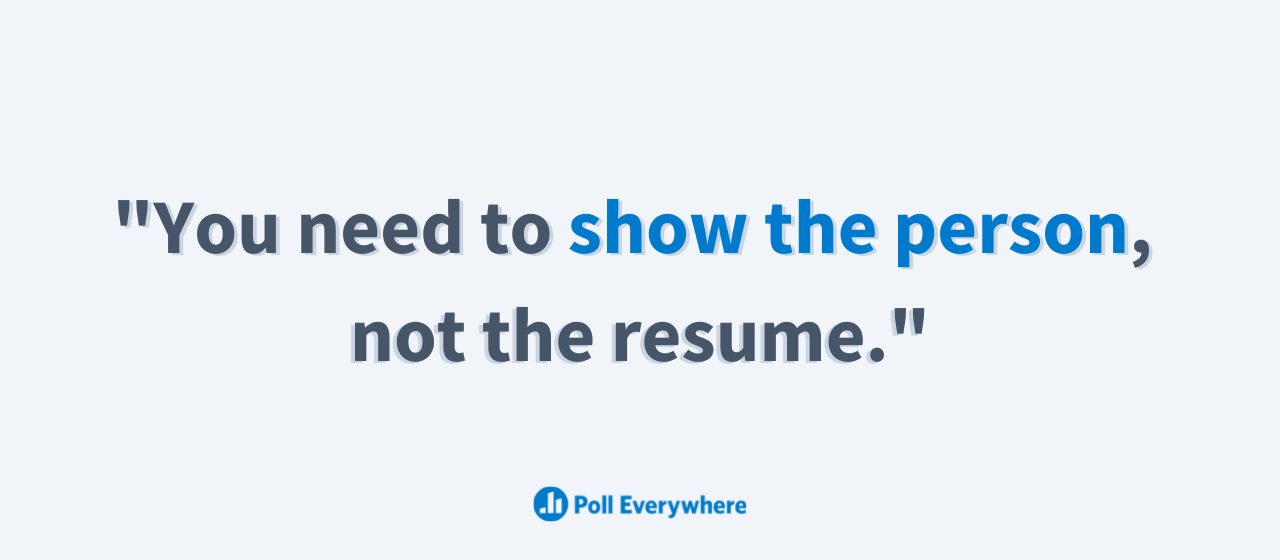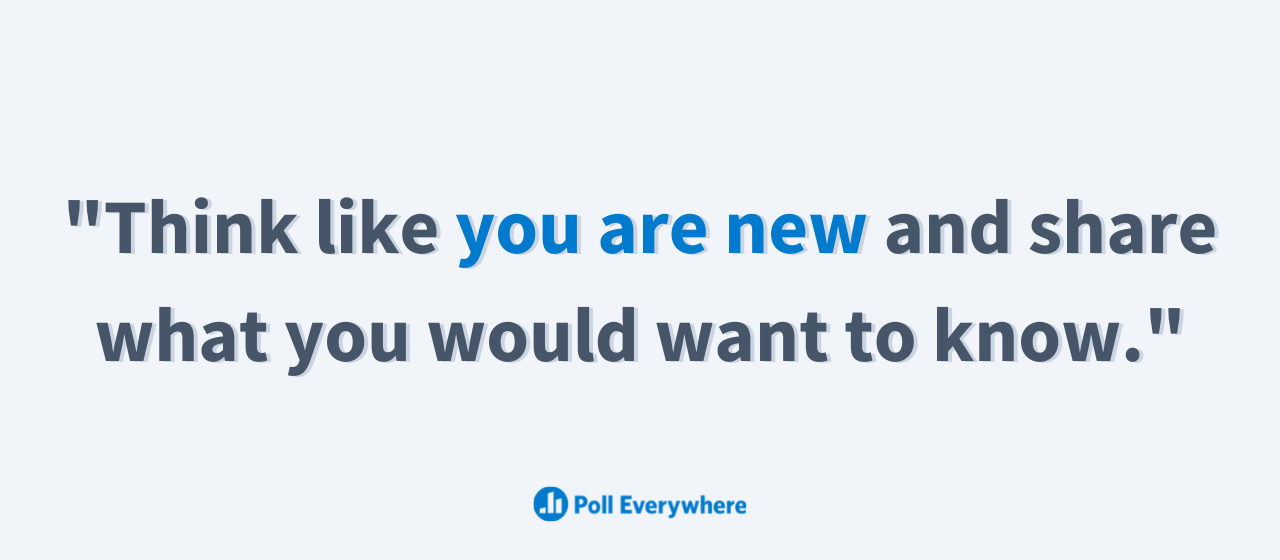Building an employee onboarding program for the new hybrid workplace

Almost everyone wants to work from home, as of 2020. In fact, 75% of employees want some form of a hybrid work model with the option to work from home at least 2-3 days a week. With technology and software continuing to adapt to meet the demands of hybrid work, the reality of hybrid work is coming to fruition. It can be as simple as outfitting your employees with a laptop and trusting them to be productive at home.
The act of allowing employees to just work remotely is not the challenge that many HR and People Operations teams face in their organizations. In fact, that is the easy part. The challenge that many face is shifting their old processes and programs to fit the new age of hybrid work. Recruiting, interviewing, onboarding, training, and other programs are now all expected to run smoothly in the virtual workspace. The growing pains of going hybrid or fully remote are being felt by many HR and People Operations organizations, including Poll Everywhere’s very own People Operations team.
However, as a hybrid company since day one, Poll Everywhere has a couple of insights on how to develop a hybrid employee onboarding program that is effective and inclusive to new employees. We asked our Talent Acquisition Lead Melly Mérida and DEI & People Ops Specialist Norman Borgonia to share their insights from an operations, recruiting, and DEI lens:
What are your main goals throughout the employee onboarding process?
Melly: Our three main goals during our employee onboarding process is providing organized and consistent information, being intentional with every session, and sharing our company’s culture of authentic playfulness. We want our new employees to know that we trust them – they’ve already gone through the interview process and the onboarding process is here to just affirm their belonging.
Norman: From an inclusion standpoint, we want new employees to feel comfortable asking the questions and bringing their full self to this new role. Our goal on the People Operations team is to ramp them up to their fullest potential and be aggressively accessible. We want to provide them the autonomy to express themselves and control how they show up. Reset themselves and start fresh.
How has Poll Everywhere adapted our employee onboarding process to reflect the new remote-first culture at the company?

Melly: The first lesson in remote onboarding is realizing that two weeks of intense training and onboarding is overwhelming. The old onboarding process doesn’t work in the remote world. Onboarding is essentially sitting in meetings with information presented AT you. You’re on a screen all day and the zoom fatigue makes it unbearable. Therefore, we’ve started to space out the process and have focused more on what they will work on across the span of their first 30, 60, and 90 days. We’ve discussed with leaders and managers that they can’t push too fast and they must make the information digestible and memorable.
Norman: Our philosophy with onboarding is to nurture. As someone who onboarded virtually, the fire hydrant of information presented to you was my main concern. We redesigned the program to be digestible and required intentionality for every session. We provide reasoning for why you meet with someone, connect you with people who can provide value to you beyond your role, and try to foster connections organically. In your first few weeks at a new job, you’re grappling with “Who am I at this company when I am not in a meeting?”. We’ve created an onboarding process that affords employees time to reflect on that and determine who they are at Poll Everywhere. Additionally, in an office setting, it is easy for a new employee to pick up on how people work and socialize organically. However, in a remote environment we must rely on data and feedback to improve our process and adjust to this new hybrid model.
How do you socialize new employees in a hybrid or remote work environment?

Melly: In a remote environment, socializing employees needs to be done strategically. Remote employees don’t have an office to absorb your company’s culture or watercooler chats or other informal moments to chat with fellow colleagues. Therefore, the socialization process starts even before their first day. At Poll Everywhere, our process goes as follows:
- Introduce the new hire at an all-company meeting prior to their first day
- Introduce new hire at all-company daily standup and share a fun fact
- Encourage new employees to send an introduction email
- Host a dedicated happy hour or Coffee in my Kitchen to celebrate the new hire
- Encourage their coach and/or team to host an event
- Continue to host regular hangouts for them to attend voluntarily to engage other Pollevians
- Encourage them to participate in our engagement programs through platforms like Donut Ai
- Conduct informal check-ins
Norman: When introducing a new employee, you need to show the person, not the resume. We take extra measures before their first day because we want Pollevians to get excited about this new teammate. We have onboarding surveys to collect information about the new hire and plan hangouts personalized to their interests. We want to create a time for them to laugh. With Zoom, or any video conferencing, you need to battle that professionalism. Virtual meetings feel too serious. You need to break down the formality of onboarding by having fun. We make calendar invites filled with fun emojis, no agendas (or fake agendas), funny titles and more to set an example of how new employees can exist as themselves in this space.
How do you set up new employees for success in a hybrid or remote work environment?
Melly: We have an onboarding handbook that incorporates information related to hybrid or remote work. We outline the difference between Slack and email, explain the context of internal tools and other software we use. We overshare everything, the entire process. They will want to know that you have a plan so you must share their day to day and everything that will be covered. We also try our best to be relatable and welcoming. We humanize the onboarding experience by giving them permission to be silly.
Norman: Being a role model – ask the questions you are too nervous to ask. When you’re new, you have a ton of ‘stupid’ questions that you don’t ask, so I normalize this by asking the uncomfortable questions and answering it for them. As Melly said, we overshare everything. Explain the purpose and context of meetings, provide agendas to give context, and more. We also encourage new employees to recreate their own spaces virtually that you can no longer do at a desk. A place to organize thoughts, brain dumps, meetings, and more. Create a virtual workspace that mirrors your thought process.
How do you gather feedback? How often do you check-in with new employees?
Melly: We conduct check-ins and gather feedback from the new employees regularly during their first few weeks here. It breaks down as follows:
- Week 1: Fifteen minute daily check-ins to ensure technology is up and running. Follow up week 1 with a survey.
- Week 3: Touch base face to face after they’ve met with other employees and attended hangouts.
- Week 5: Send another survey to see how they are feeling and check-in.
- 90 days: Last survey to gather feedback on the entire onboarding process.
Our goal is to ensure they aren’t just floating, unsure of what to do. We combine live and asynchronous check-ins and adjust the amount based on the individual. We rely on our intuition and emotional intelligence to know the right balance of space and check-ins to give to each individual.
Norman: Having a recruiter and onboarding manager with a strong emotional intelligence like Melly is extremely valuable. You can’t teach someone that. Melly has made every candidate and employee feel seen from interview to onboarding and that is so important. As for me, I conduct 1-2 diversity, equity, and inclusion check-ins during their first week and after the first month to share our DEI efforts with them. I take my check-ins from a DEI perspective and ask a lot of questions about belonging, feeling included, identifying barriers, and more to ensure they feel prepared to be successful at our company.
Why is onboarding important to the new employee’s work experience?
Melly: First impressions and reputation matters. We give employees the power and agency to form their own opinions about the company. We can influence what we can control and that is how employees speak about our reputation and integrity.
Norman: Employee lifetime value (ELV). Even though ELV is tied to productivity and output, excitement about work and the future is at its highest at the onboarding phase. In a virtual environment, things move fast. A strong onboarding process starts them off strong and allows them to see the company authentically and affirm their decision to choose Poll Everywhere.
What are things all People Operations, Human Resources, or onboarding professionals should consider when building a hybrid employee onboarding program?

Melly: You can’t have an onboarding process that does not take into consideration what is happening in the real world. You must view everything, from the employee to the program, holistically. Don’t make assumptions about anything and overshare! Share more than you think is necessary. Think like you are new and share what you would want to know.
Norman: The 30-60-90 needs to be the anchor of the employee’s experience. It gives them autonomy to identify what they want to do and what they aren’t doing. The 30-60-90 is the source of truth for your new employee. Your managing team, Operations team, and leadership need to leverage all opportunities to communicate and take care of this new person because even a good coach has not coached this specific person before. Get to know this person, hangout with them, and be the person they can go to for non-work related questions. Make yourself available to them.
How does Poll Everywhere’s employee onboarding program set us apart from other companies in the world of hybrid work?
Melly: Our People Operations team has a delicate balance and we all play our roles well. Kimberly Harris, People Operations Manager, is the logistical Human Resources role. I am the recruiter and first point of contact. Norman is the People Ops and DEI person, creating a fun and welcoming space for employees. We each play to our strengths to create the best experience for every new employee. We are a small company and team but we have the opportunity to maximize that mom and pop shop feeling within the tech industry and use it to our advantage.
Norman: Our entire process, from interview to onboarding, is consistent. From the start, we are showing authenticity and building trust. In the hybrid environment, people forget that we need to build trust. Our onboarding philosophy focuses on building that trust and foundation that will help us grow and scale. Our positive onboarding experience will shape how every Pollevian becomes managers, leaders, and how they will onboard their own people. We also give you cool socks and goodies!
Melly is Poll Everywhere’s Talent Acquisition Lead. She is the first point of contact for almost every Pollevian and is always striving to make any moment at Poll Everywhere memorable. Norman is Poll Everywhere’s DEI & People Ops Specialist. He is our resident DEI and employee engagement expert as well as our 90’s pop music obsessive. Big thank you to Melly and Norman for sitting down and sharing their insights! If you’d love to hear more from them, please check out the Culture and Impact section of our blog.